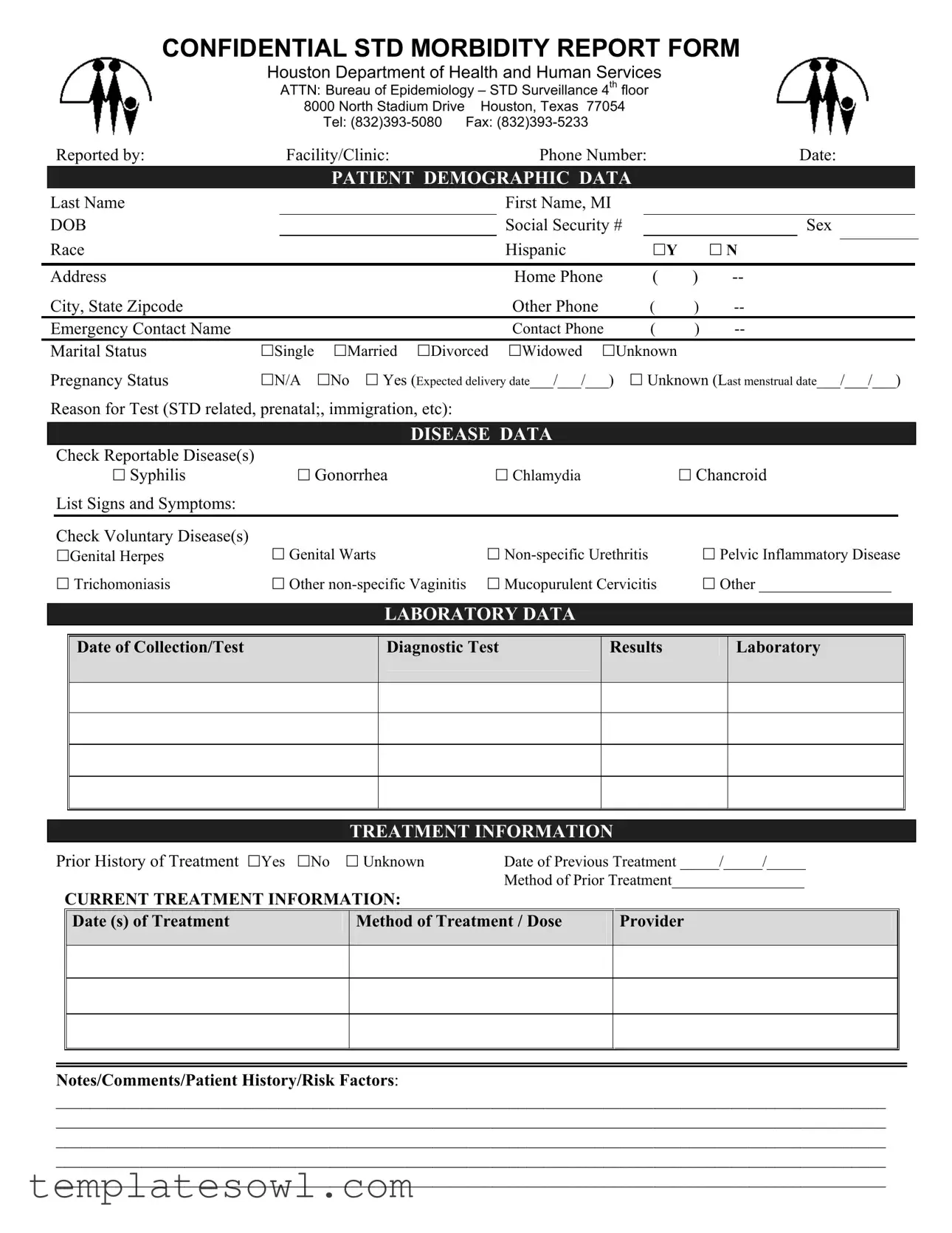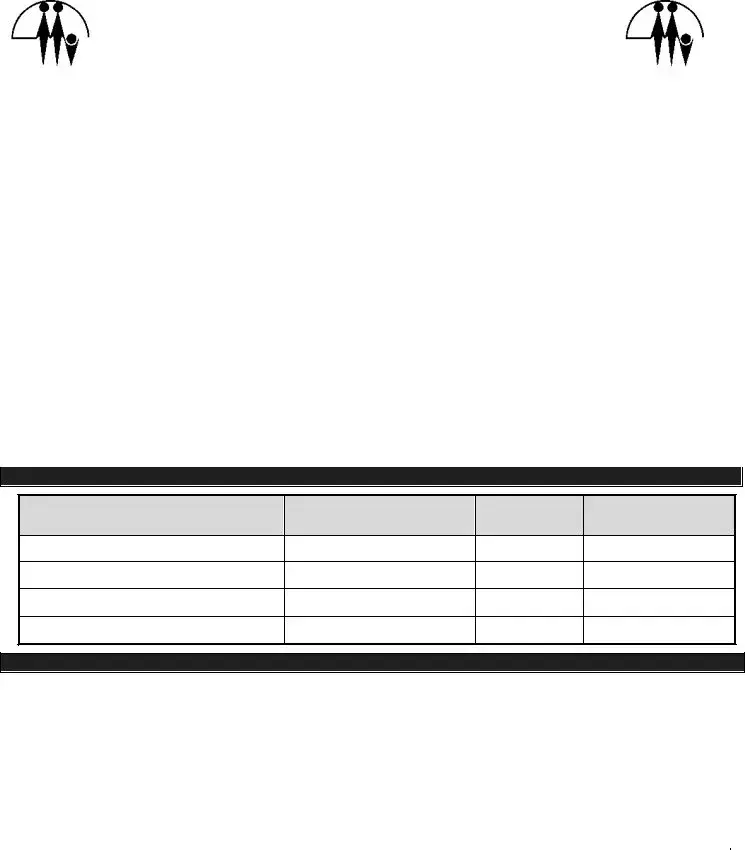What is the purpose of the Connecticut UC 2 form?
The Connecticut UC 2 form is used to report morbidity data related to sexually transmitted diseases (STDs). It helps the state health department track the incidence of STDs and ensure proper public health responses. This information is crucial for controlling the spread of these diseases and promoting community health initiatives.
Who is required to fill out the form?
Healthcare providers, including facilities and clinics that test for STDs, are required to submit the Connecticut UC 2 form. If you are a medical professional handling STD cases, it is your responsibility to complete and send this form to the Bureau of Epidemiology.
What information must be included on the form?
The form requires demographic details about the patient, including their name, date of birth, social security number, and contact information. Additionally, it asks for specific disease data related to reportable and voluntary diseases, the reason for the test, laboratory data, and treatment history. Comprehensive data collection is vital for effective disease surveillance.
How should the completed form be submitted?
The completed Connecticut UC 2 form can be submitted via fax or by mail to the appropriate department. The contact details are clearly listed on the form. Ensure that you send it to the Bureau of Epidemiology at the Houston Department of Health and Human Services. Timely submission is essential for accurate reporting and effective health interventions.
Is the information on the form kept confidential?
Yes, the information provided on the Connecticut UC 2 form is kept confidential. The data is used solely for public health purposes and is protected under various privacy regulations. Your patient's privacy is a priority, and the health department implements measures to maintain confidentiality.
What should I do if I have questions about the form or its submission?
If you have any questions or need assistance regarding the Connecticut UC 2 form, you can reach out directly to the Bureau of Epidemiology at the provided phone number. They can guide you on correctly filling out the form and any other concerns you may have about the reporting process.

